A Salvaged Banksy Mural is Now on View in NYC
This unique Banksy mural goes up for auction on May 21st in NYC!

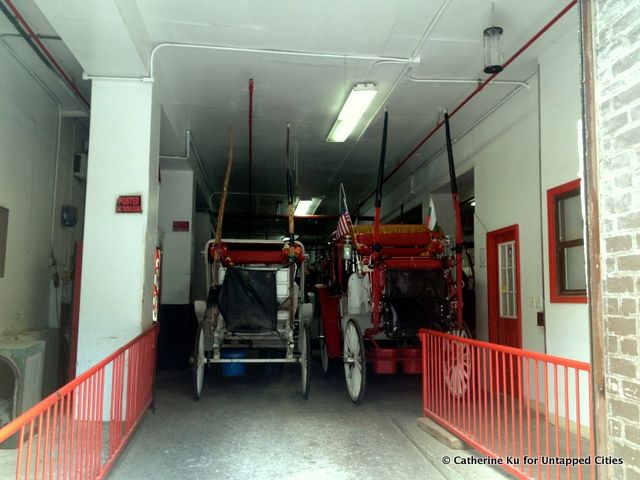
The bottom floor of Clinton Park Stables stores off-duty carriages.
New York is the city that never sleeps, but every person, animal and even machine needs some rest eventually. Ever wonder where everything goes at night? We take a look at the off-duty activities of NYC’s horses, food carts and trucks, trains and buses in this next installment of Cities 101.
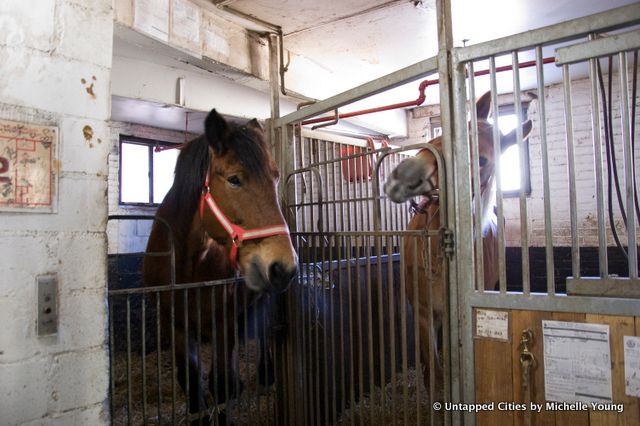
Clinton Park Horse Stables
These four-legged creatures are as much a fixture in the concrete jungle as taxis and police cars. Besides people and dogs – and maybe pigeons – horses constitute perhaps the next largest population of animals on the city streets. Most of them are the Central-Park-based carriage horses, with a smaller percentage being police horses. As of 2011, there were 210 licensed carriage horses pulling 68 licensed carriages. The carriage horses live in one of four carriage-horse stables in Hell’s Kitchen. More than half reside at Clinton Park Horse Stables on West 52nd Street, and dozens more can be found at West Side Livery on West 38th Street and Chateau Farms on West 48th Street. As shown in our Behind the Scenes visit to to Clinton Park, carriages are stored on the ground while around 60 horses live on the upper level.
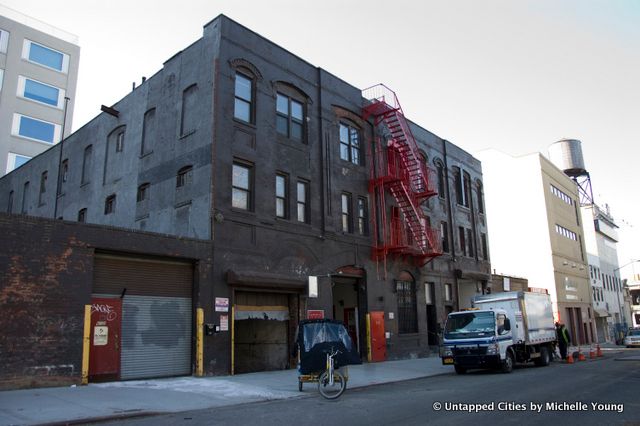
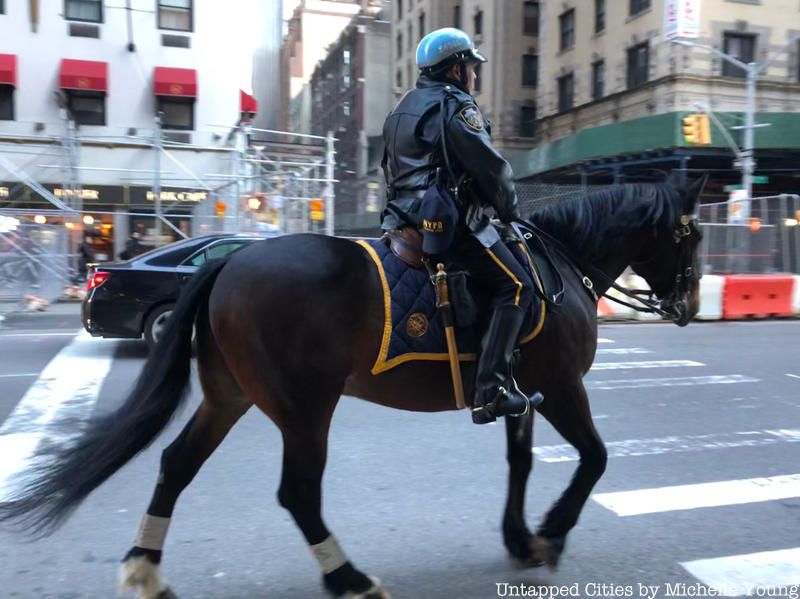
There are six mounted police units throughout New York City, and the horse troops are stabled throughout the boroughs. One troop of horses are housed at Pier 76 on West 36th Street, a space that is also home to the NYPD tow pound. Other stables are located in Queens’ Cunningham Park, Brooklyn and the Bronx. For over a century, there was also a stable in TriBeCa on Varick Street, but the space was repurposed in 2011 to serve as a temporary general command post for a World Trade Center NYPD team.

The state Department of Health and Mental Hygiene requires food trucks to be parked at a licensed commissary or depot when not in use. Generally, this means the city’s food trucks spend the night outside Manhattan, where there’s more space and prices are more forgiving.
Wafels & Dinges stores its trucks in a 6,000-square-foot space commissary in Brooklyn, where they’re also washed, reloaded and repaired. The guys behind the trucks tell us that they have a night crew of about seven people to maintain the fleet, including a mechanic.
Like Wafels & Dinges, the Big Gay Ice Cream Truck (not out on the roads this summer) made its home in the outer boroughs, namely Greenpoint in Brooklyn and Hunts Point in the Bronx. Big Gay Ice Cream’s Doug Quint (check out our conversation with his partner Bryan) explains that ice cream trucks need to be plugged in when they’re not running to keep the freezers cold, and specific depots for ice cream trucks provide parking spots with the necessary 220-volt outlets. Each depot’s commissary also sells napkins and cones for truck owners to restock their cars.
Food carts are also stored overnight in garages, where a monthly space costs between $250 and $300. For the hundreds of carts in the five boroughs, there are only a handful of city-approved commissaries. We spotted one in the East Village next to the Merchant’s House Museum.
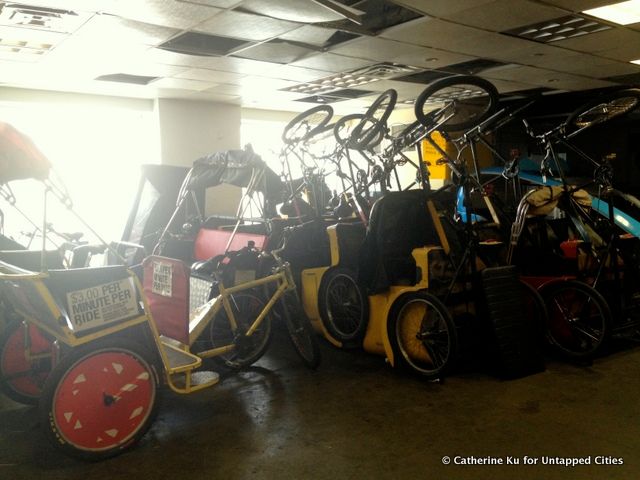
Former Taxi Tech garage near the Hudson River also rents pedicabs to drivers.
According to Peter Meitzler of the Manhattan Rickshaw Co., most pedicabs are parked in parking garages or large indoor or outdoor lots that have been reconfigured for such purposes. A small minority may park their pedicabs on the street overnight, but for the most part, these pedicab-specific lots offer the necessary shelter, security and tools in case maintenance is needed. For fleets of pedicabs, the fleet will arrange group storage for each vehicle.
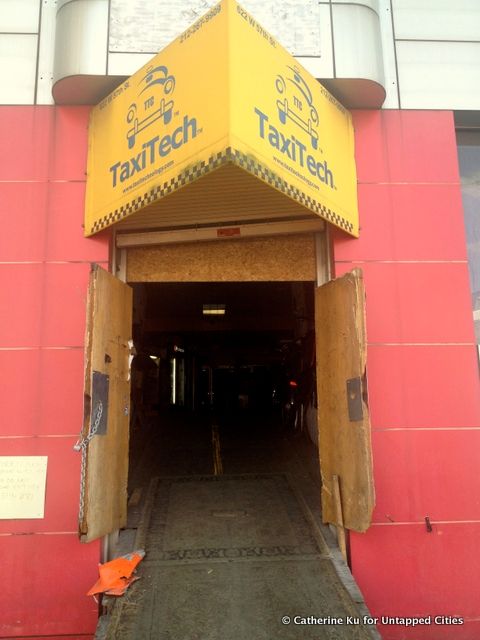
One garage, Taxi Tech was once located at West 57th St. near the Hudson River until the stretch of buildings was demolished. Drivers would come and go as they wish between those hours across these specially-made ramps. Fun Fact: in the movie Taxi Driver, Robert Deniro worked out of a garage on this block as well.
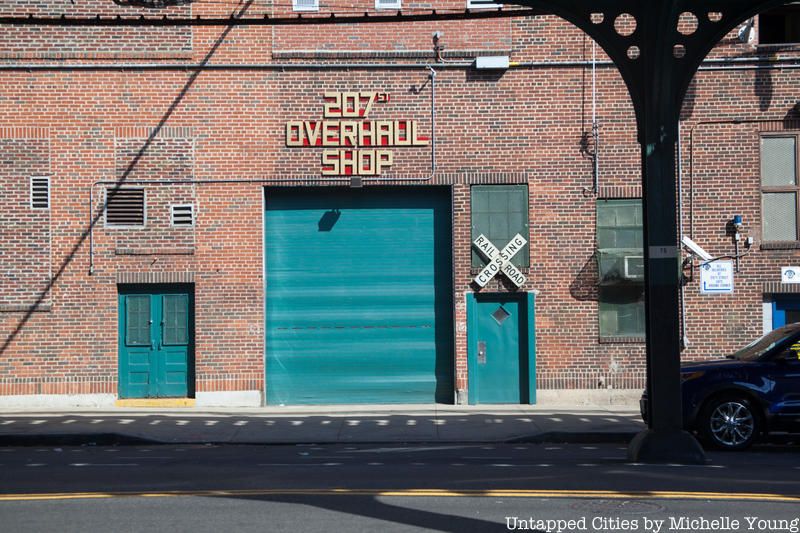
NYC Subway lists over a dozen subway yards throughout the city, including ones at East 180th, 207th, 239th and 36th/38th Streets in Manhattan. Locations in the outer boroughs include yards in Corona, Westchester, Jamaica and Rockaway Park. The largest facility is the New York City Transit Complex at Coney Island, which has three subway yards and repair shops. It’s also an ending point for the B, D, F, G, N, R and Q lines. Long Island Railroad, NJ Transit and Amtrak trains are stored at the t in Queens and Hudson Yards.

Late at night and on weekends, the MTA stores a significant number of subway trains underground. Some of these trains are parked in dedicated underground subway yards, while others are stored on express tracks and tracks that were originally built as part of subway routes that were never completed. This article looks at seven below-ground overnight homes for the city’s subway cars.
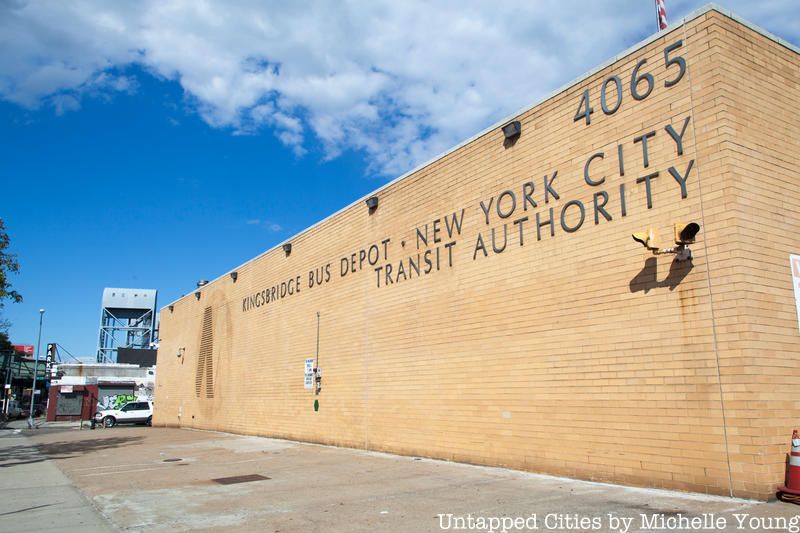
There are a number of NYC Transit bus depots throughout the city, including the Michael J. Quill Bus Depot on West 41st St. and 11th Avenue, the Mother Clara Bus Depot in Harlem, and the Casey Stengel Bus Depot in Flushing. Our source formerly at the MTA tells us that each NYCT bus has a decal that identifies its home depot.
Parking is a scarcity for non-NYCT buses. The Department of Transportation forbids charter buses from parking in Lower Manhattan for more than three hours, so there’s no long-term shelter available for these vehicles. They may park in private lots or stay for less than three hours in certain approved layover locations mainly on the west side.
Read more from our Cities 101 series about how stuff works in the city. Get in touch with the author @catku.
Subscribe to our newsletter